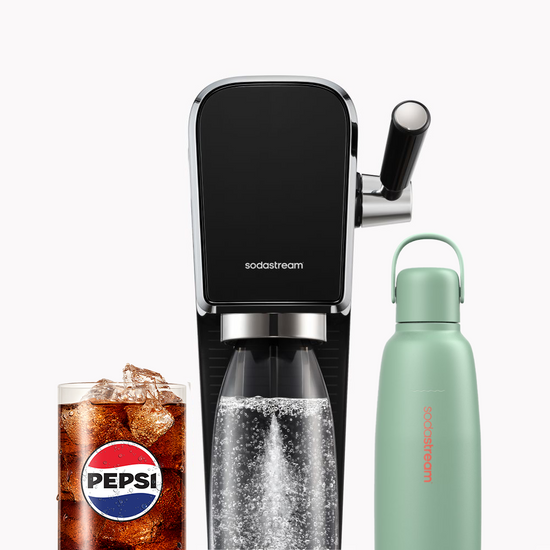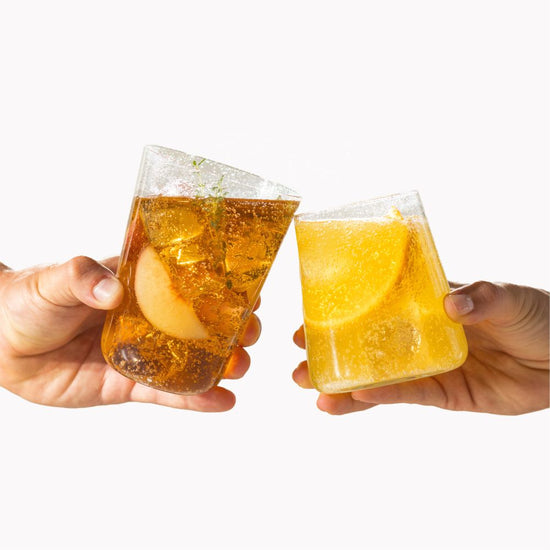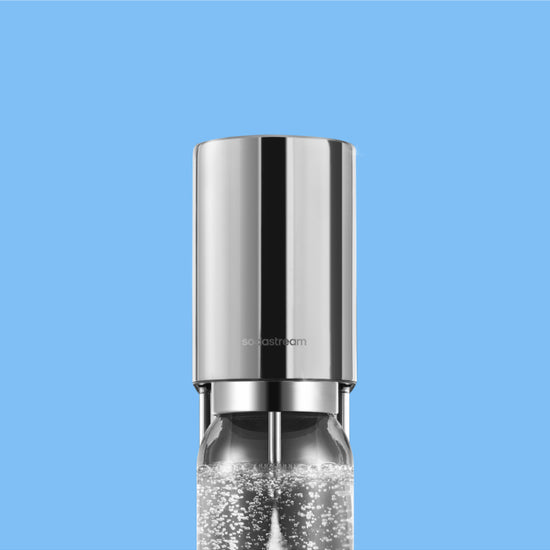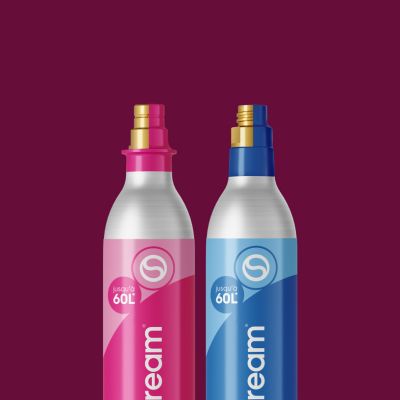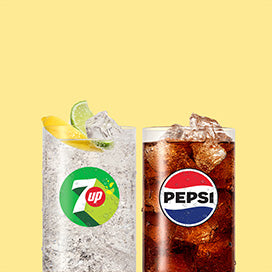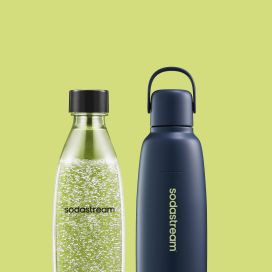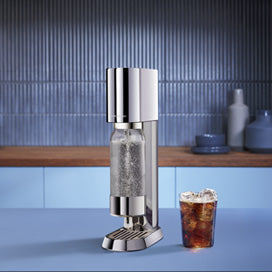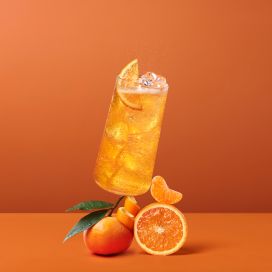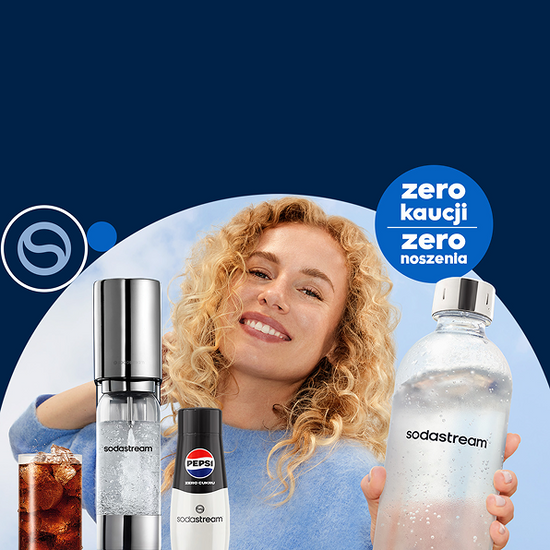Everything You Need to Know About Carbonated Beverages
Soda. You’ve surely heard this word many times, and may even be familiar with its various, drinkable forms. But what do you really know about carbonated beverages? What are they, really, anyways?
Sodas and other carbonated soft drinks usually contain carbonated water (water with dissolved carbon dioxide), some kind of sweetener, and natural or artificial flavoring.
Carbonated water contains more carbon dioxide than flat water, enabling us to enjoy a bubbly sensation, without consuming sugar like we would when drinking sodas.
So, why do our tongues tingle when we drink carbonated beverages?
What Makes Carbonated Beverages Fizzy?
Carbon dioxide has no color and is flavorless. On its own, it’s nothing much to write home about. On the other hand, the carbonic acid created during the carbonation process is what creates the fun fizz you love - and that tingly sensation. The colder the beverage and the tighter it’s sealed, the fizzier your drink will be. The most carbon dioxide that water can handle is approximately 8 grams per liter. So, when there is excess carbon dioxide, it will stay in the water until the pressure is released, the carbon dioxide escapes, and the beverage goes flat.
Carbonation can also occur naturally. This is true of naturally carbonated mineral water that absorbs the carbon dioxide from the ground. Carbonation can also be man-made, created during a process in which the carbon dioxide is pumped into the beverage at a high-pressure level. The container is then sealed to keep the carbonation inside.
Where did the carbonated beverages come from?
The carbonation process was first invented by a man named Joseph Priestley in England in 1767. The process, however, wasn't commercialized until 1786 in Switzerland by a man named Jacob Schweppes.
Carbonated beverages were first bottled for sale back in 1835, and this is also when people began adding flavoring to their carbonated drinks. Once this happened, flavored carbonated beverages became a mainstay in Western culture and the drink of choice of many consumers.
Originally, carbonated beverages were only stored in bottles, because keeping the carbon dioxide inside of cans without it trying to bust through the can's seams proved to be a challenge. Today, you can find carbonated beverages in bottles and cans, with more and more people jumping on the carbonation craze while attempting to kick their sugary soda habit.
Are carbonated drinks bad for you?
We all have our favorite carbonated beverages. Some may prefer soda while others reach for tonic water or even champagne - all of which are bubbly and can be satisfying in their own ways. Many sparkling water varieties are healthier hydration options because they contain fewer calories or sweeteners than sugary drinks.
However, the carbon dioxide contained in these carbonated beverages may still contribute to gas and bloating in some people. So, if you suffer from an upset stomach when you drink too many carbonated beverages, it may be time to cut back or choose another source of healthy hydration. After all, you are drinking an effervescent drink that releases carbon dioxide under conditions of normal atmospheric pressure.
SodaStream is the healthy and fun way to carbonate – and hydrate
If you want to cut down on the amount of sugary or artificially-sweetened and flavored soda you drink, you can easily turn regular water into a carbonated masterpiece with SodaStream.
You can infuse those tingly bubbles into your water in just seconds, and add the flavors you know and love. This way, you have control over what you are putting in your carbonated water, and you can avoid those overly sugary and sweet drinks that aren't good for you to begin with.
So, before you say no to carbonated beverages forever, see what SodaStream can do to help keep those delicious bubbly drinks in your life in a fun, fresh, convenient and healthy way.
For more information, visit https://sodastream.com/.
